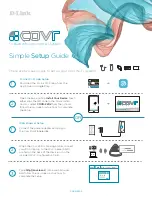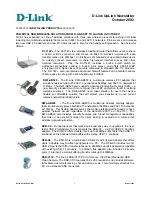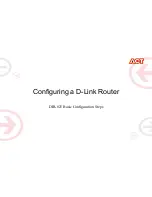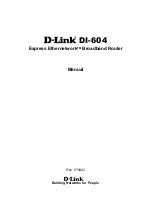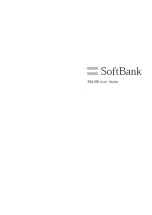
WG103 ProSafe 802.11g Wireless Access Point Reference Manual
Index-6
v1.0, February 2009
server, host name or IP address
2-6
system
4-9
zone and current
2-6
time-out error
6-5
TKIP (Temporal Key Integrity Protocol)
3-7
,
3-8
trademarks
ii
traffic
network statistics
4-10
unicast, multicast, and broadcast
3-8
,
5-6
transmitting signal, strength
2-10
troubleshooting
basic functioning
6-1
cannot access the Internet or LAN
6-3
cannot configure from a browser
6-4
LAN LED
6-2
pinging
6-3
Power LED
6-2
restoring factory default settings
6-5
TCP/IP settings
6-3
Test LED
6-3
time-out error
6-5
WLAN LED
6-2
trusted wireless stations
3-15
typographical conventions
xii
U
unicast traffic
3-8
,
5-6
unknown AP list
4-13
untagged VLANs
5-4
upgrading, firmware
4-5
usage statistics
4-11
user name
default
2-4
non-configurable
4-15
V
VAPs (virtual access points)
3-8
,
5-6
verifying wireless connectivity
2-13
version, firmware
4-9
viewing
AP statistics
4-13
available wireless stations
4-12
statistics, network traffic
4-10
system information
4-8
VLANs
IDs
3-4
,
3-9
,
3-12
,
3-14
management
5-4
settings, 802.1Q
5-3
support
1-3
untagged
5-4
W
WEP
configuring
3-10
keys
1-1
,
3-12
passphrase
3-11
types of encryption
1-1
,
3-2
,
3-8
Wi-Fi Multimedia,
See
WMM
Wi-Fi protected access,
See
WPA
wired equivalent privacy,
See
WEP
wireless bridging and repeating
point to multi-point bridge mode
1-2
,
5-9
,
5-11
point-to-point bridge mode
1-2
,
5-9
,
5-10
repeater mode
1-2
,
5-9
,
5-13
wireless clients
associations
5-10
isolation
5-6
maximum number of
5-6
security separation for WEP
3-12
security separation for WPA
3-14
wireless mode
802.11b
2-9
802.11g
2-9
802.11g/802.11b
2-9
wireless network
adapters, 802.11b and 802.11g
2-2
area of coverage
1-1
equipment, placement and range
iii
,
2-1
,
2-12
range
1-1
verifying connectivity
2-13
wireless network name (SSID)
broadcasting
2-10
default and renaming
2-9
,
3-6
,
A-2
wireless security
broadcasting of the SSID
3-2
,
3-7




















